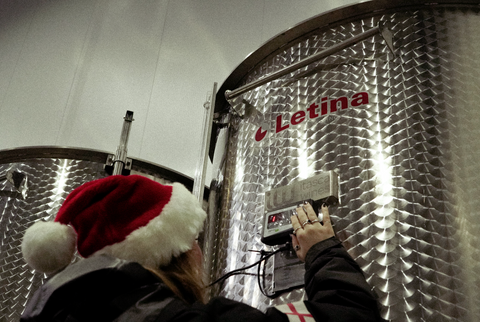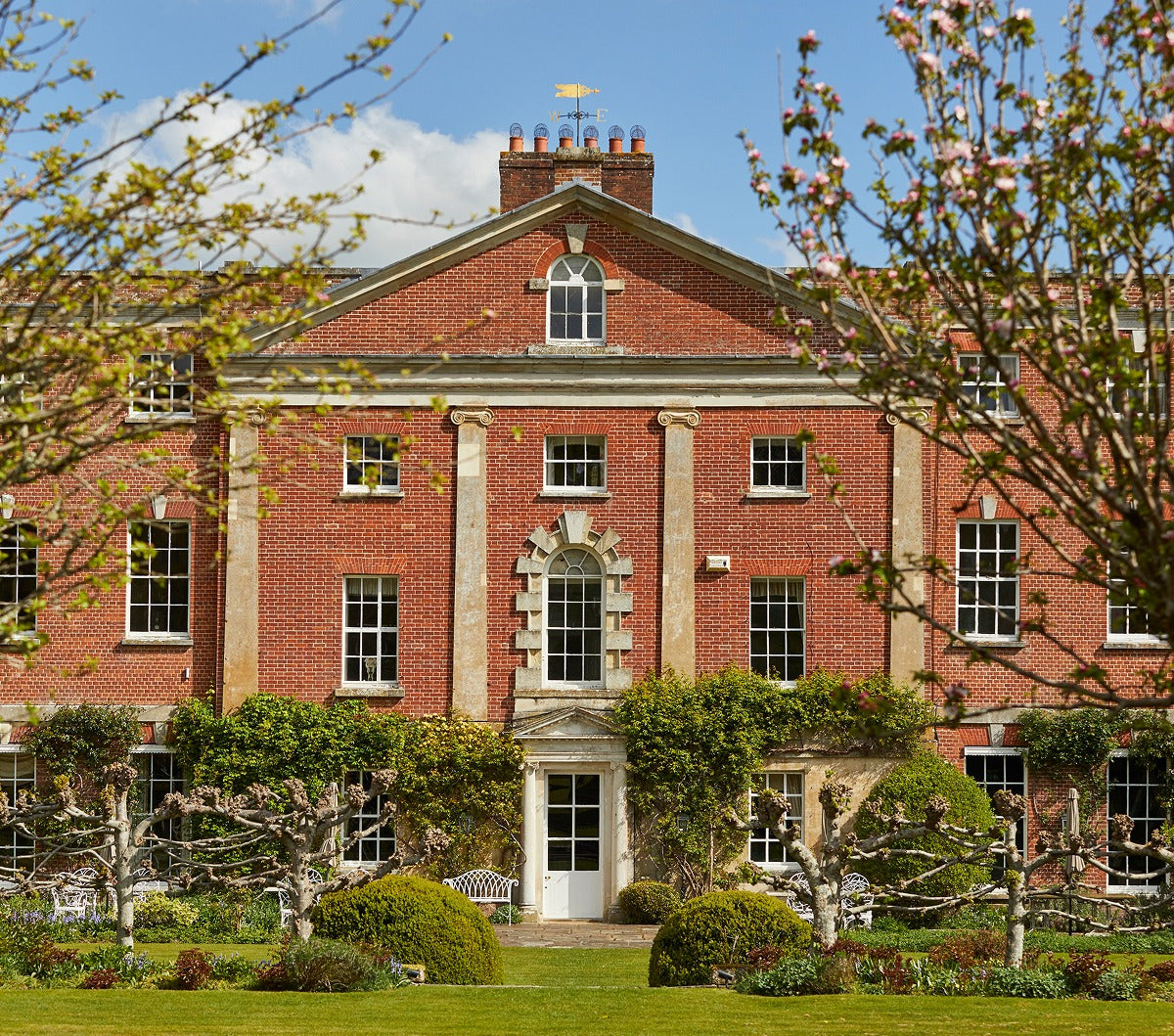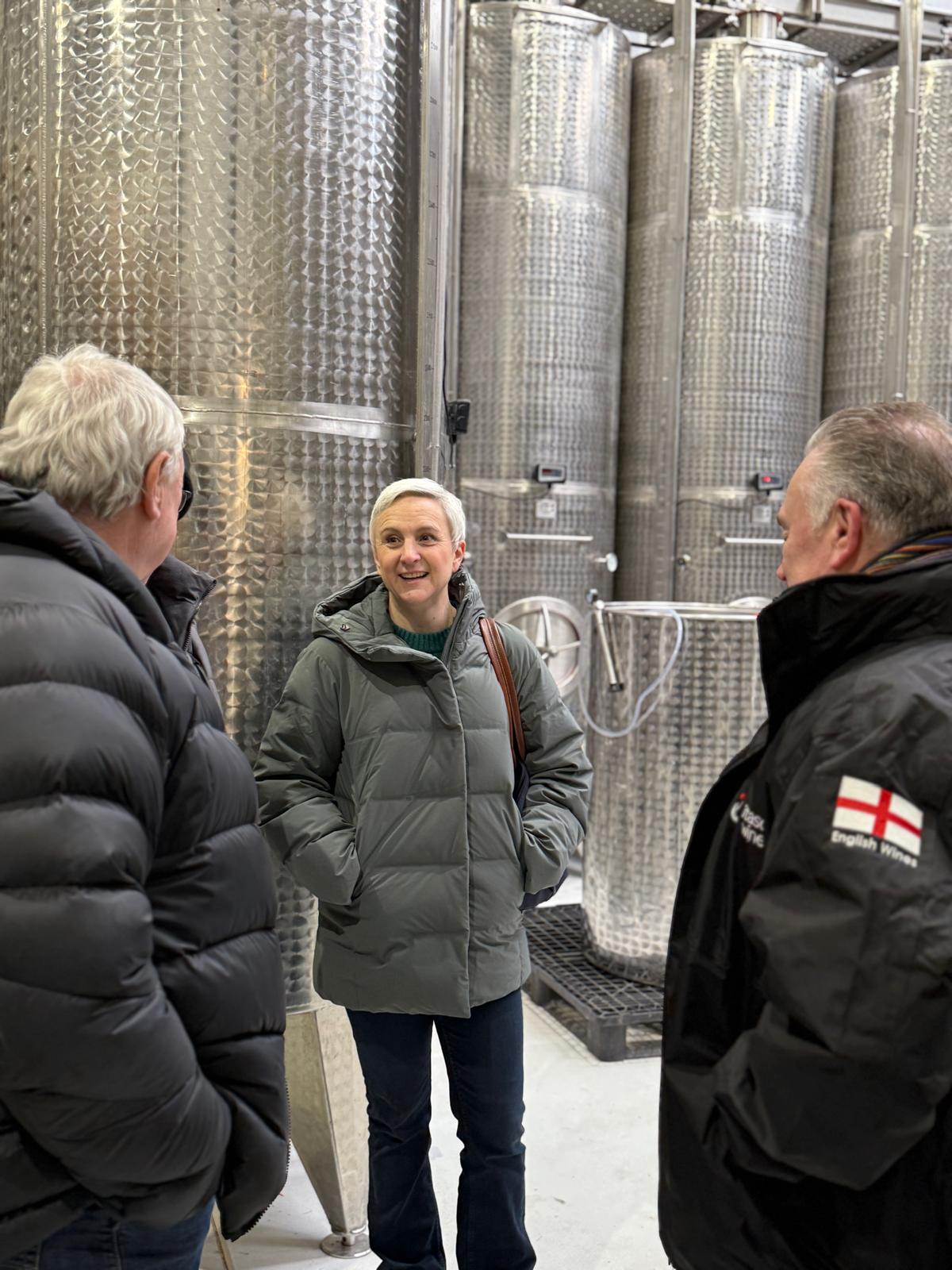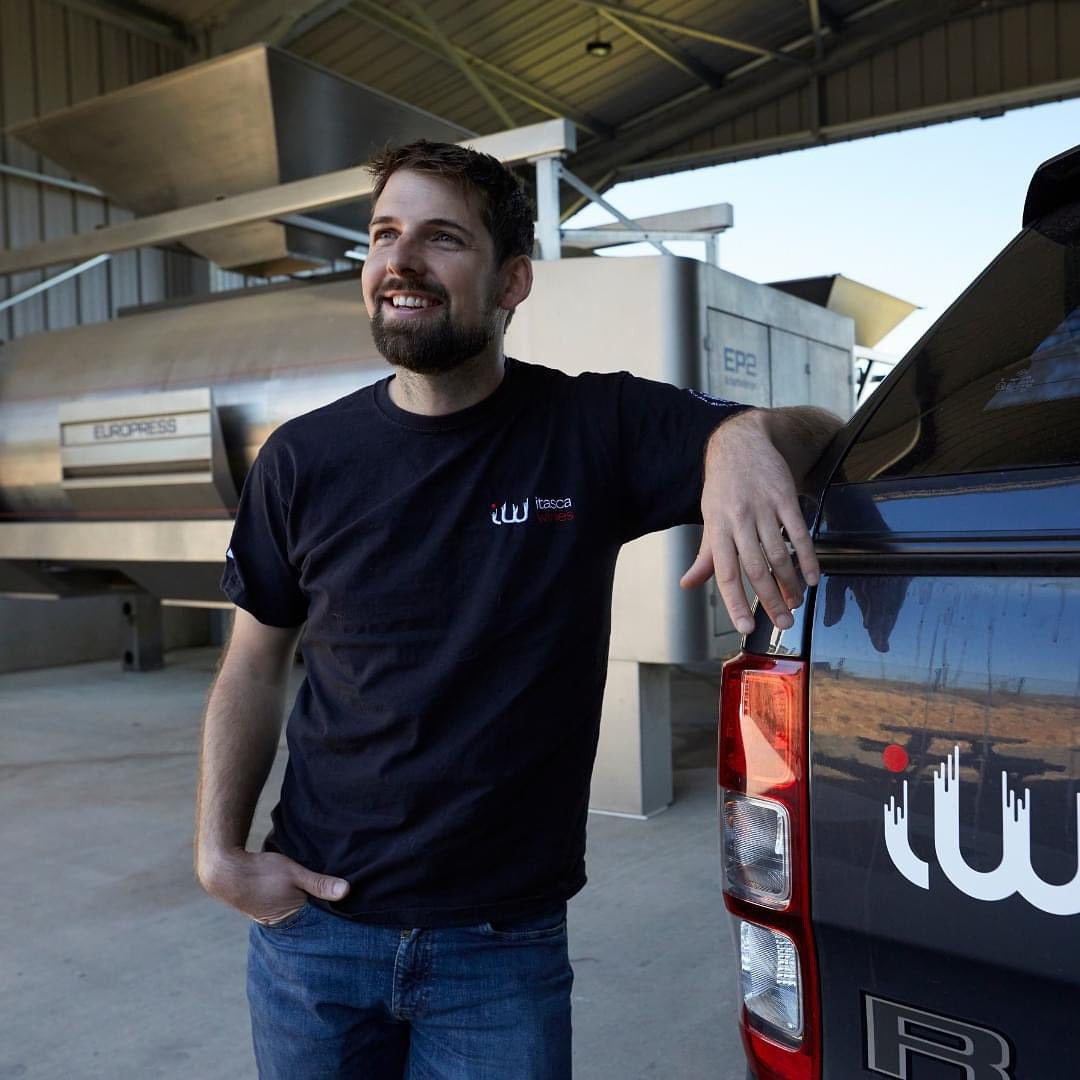You can be forgiven for thinking that winemakers have plenty of time off in a year. But sadly, it’s not as romantic a job as people think it is. Rather than enjoying long lunches, wine glass in hand in a beautiful vineyard (as much as we’d like it to be!) there are many tasks that demand our attention all year round.
So what does a year in winemaking look like? We thought it would be interesting to share what goes on behind the scenes at Penn Croft...
January: blending
Following the previous year’s harvest, all wines have finished fermenting in tank and barrel. The new year sees the winemaking team tasting wines from every vessel and then deciding which wines to blend together to make the final wine.

February: pruning and tying down
At the beginning of the year, we prune last year’s canes. Around 90% of last season’s growth is removed, only leaving behind the canes necessary for next season’s growth. It’s a challenging task, with thousands of canes to prune in what is usually very cold weather. There is a science to this, as the canes selected will bear the coming season’s fruit. Failure to select the best canes will impact on yield and quality.
Once a cane is pruned, it must be tied down to the trellising. This technique varies from one vineyard to the next, but we typically tie two canes down per vine, providing a ‘left arm’ and a ‘right arm’ to the plant. This encourages the shoots to grow upwards and the buds to develop evenly. Tying the canes also offers the vine additional support.
March: to the bottling line!
As we creep towards spring, we get the bottling line ready for our first batch of still wine following blending. Today’s bottling lines are incredibly sophisticated, with the model that Penn Croft is using being able to fill and close up to 18,000 bottles a day. Our stringent bottling line procedures ensure that our wines are finished to top specification without risk of contamination.

April: bud burst
Spring has sprung and the vineyard really starts to jump into life. But it’s not all action. We can see frost even as late as April, which can kill emerging buds whilst they’re in a vulnerable state. The healthier buds open up to produce shoots, leaves, flowers, and of course by the end of the growing season, bunches of grapes. April is a nervous time for vineyard owners, because if the frost is extreme, it can kill off a large amount of the crop and drastically affect yield.
May: frost watch
The beginning of May still poses a frost risk, so we’re still on high alert. There’s not a lot we can do to stop frost, but keeping a close eye on it does mean we can plan ahead.
June: tirage time
As it starts to warm up, so does the bottling room. June sees all of our base sparkling wines going into bottles for a second ferment. This process is followed by a period of ‘lees ageing’, which derives from the French term ‘sur lie’, and it’s where we let the wines mature and age in the bottle for a number of years so that they gain rich, complex flavours.
July: aka summer
During summer, there is no shortage of work in a vineyard (which is of course easier some days than others, depending on temperature). There’s plenty of canopy management to keep us busy including trimming leaves, bud rubbing and wire lifting. We also use this time to monitor our cover crops. These are the plants that cover and surround the vineyard to essentially look after the soil. Cover crops reduce erosion, improve fertility and promote biodiversity.
August: all hands on deck
With harvest just around the corner, August is a great opportunity to get on our hands and knees and clean the winery inside and out.
Penn Croft summer events:
We hold several exciting events throughout the summer, this year being no exception.Sign up to our newsletter and follow us on social media to keep up with what we have planned for the warmer months.
September and October: you know what time it is
Throughout September, we’ll take the first harvest of grapes in. During October, we enter full-on ‘harvest mode’, and it’s difficult to think about much else outside of this! Grapes are picked, pressed and fermented into wine. Tanks and barrels are continually monitored throughout this period to make sure wines are made to the very best standards.
We’re always looking for grape-picking volunteers, so if this is something you’re interested in helping with, do get in touch.
November: more cleaning
And just like that, it’s all over for another year. November is clean-up time. We’re a tidy bunch, but much of the tools and equipment we use will need a very good clean. Although the wines may have finished fermenting, they still need to be checked regularly to see if they are on track.
December: festive fun
As we wine-d down for the year, you might find us at one or two Christmas events. We also use this month as an opportunity to prepare for January. And of course, we’ll enjoy a few glasses of wine ourselves.

It’s a truly exciting time to be a winemaker, but as you’ve read, it’s not without its hard work and challenges.
Here’s to a positive year!


